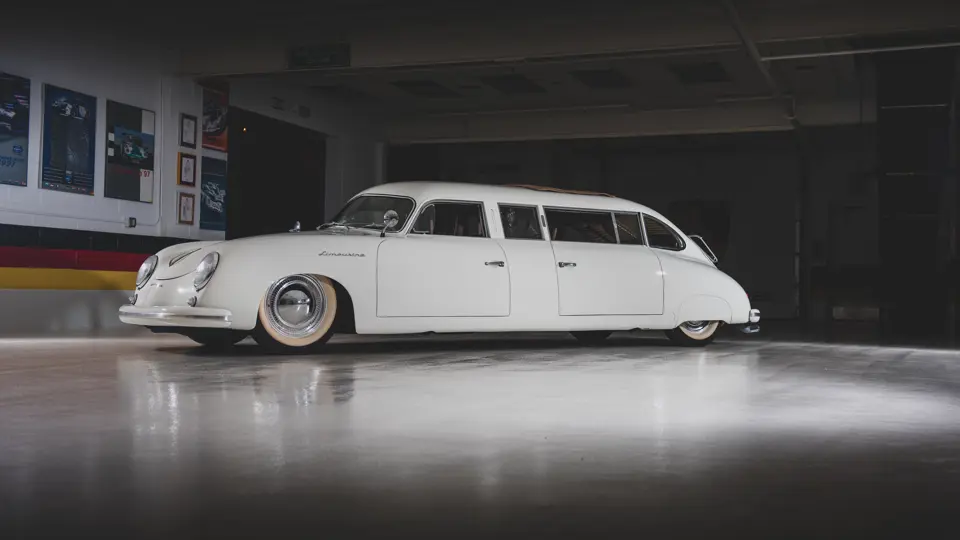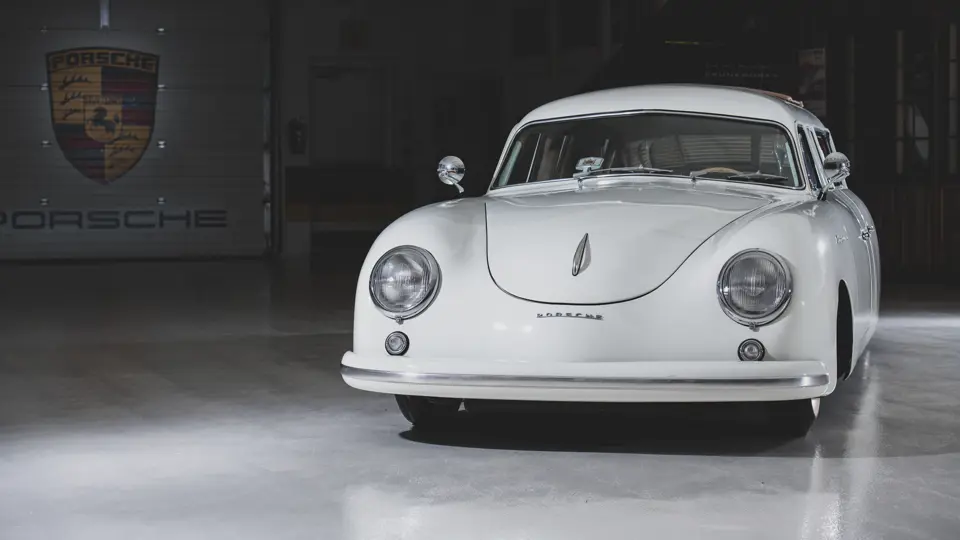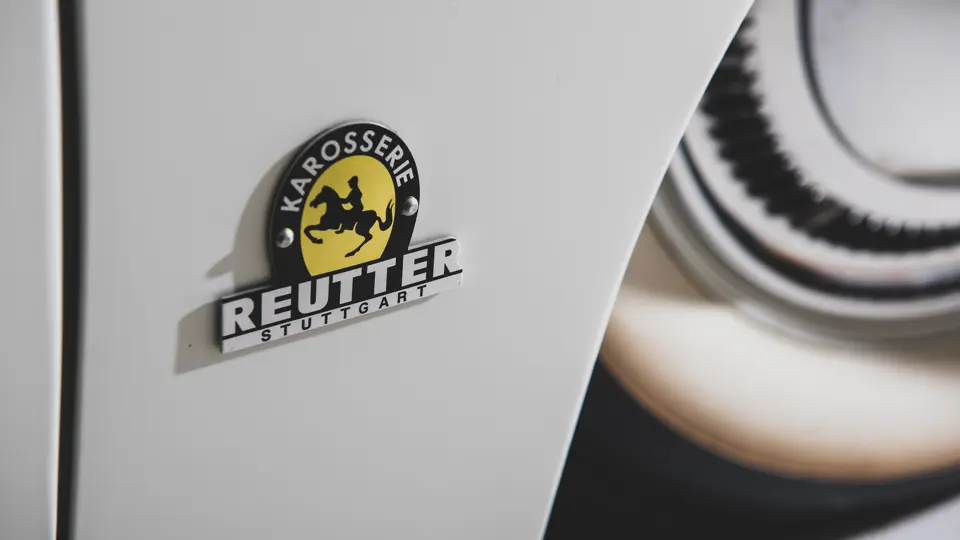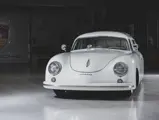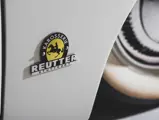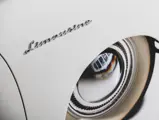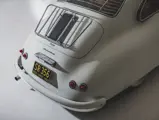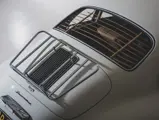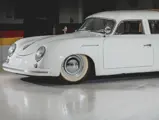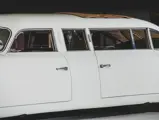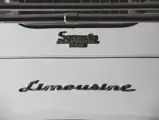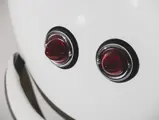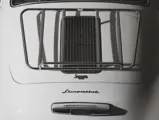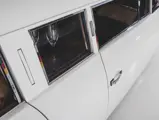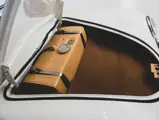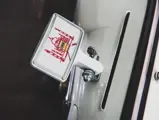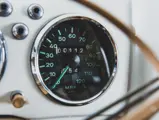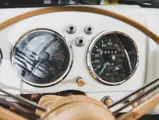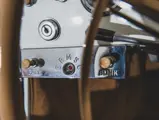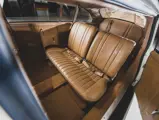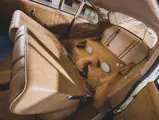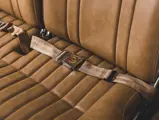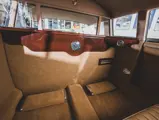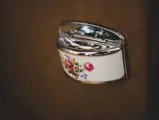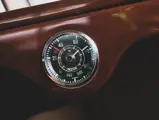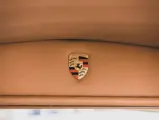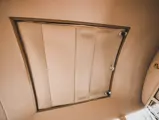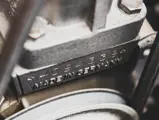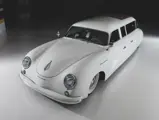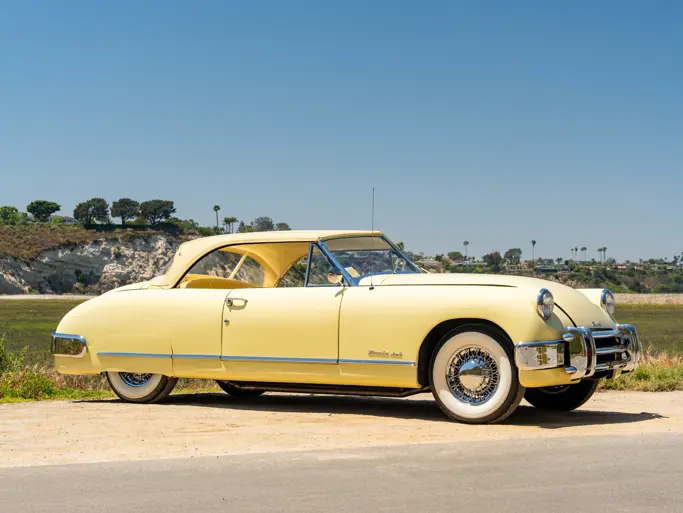
1953 Porsche 356 Limousine Custom
{{lr.item.text}}
$207,200 USD | Sold
{{bidding.lot.reserveStatusFormatted}}
- One-of-a-kind custom 356 limousine
- Astounding attention to detail with period accessories
- Based on an early “bent-window” 356
- Upgraded with 912 flat-four power
- The most unique way to arrive in style
It took Porsche nearly eight decades from its inception to enter series production with a four-door sports car. It’s safe to suggest that a limousine was not even on the radar in Zuffenhausen in the 1950s. The custom 356 limousine conceived for special occasions offers a glimpse of what could have happened had Ferdinand Porsche’s firm not been so focused on building sports cars. For all the accolades long thrust on the Porsche 356, a spacious interior with room to stretch out was not one.
While surrounded by some of the world’s finest cars at the Amelia Island Concours d’Elegance two decades ago, John Dixon struck up a conversation with an automotive illustrator based in Daytona Beach, Florida. The two discussed a creation that John had in mind for his daughter’s wedding: a Porsche-based limousine that would pair the elegance of that special day with something a little more personal.
Thanks to the careful eye of Don Boeke, known as “the Egyptian” at his eponymous Dayton, Ohio, customizing shop, the highly bespoke 356 limousine came to be. The team Boeke helped to assemble found several stripped 356s that could come back to life as a new project. The front portion of the car is a relatively early 1953 “bent-window” 356 that was dispatched to the French market through local importer Sonauto in February 1953. These “bent-window” cars were the first to feature a single pane of windshield glass in place of two individual panels separated by a fine pillar, as Porsche had envisioned in post-war Germany when materials were hard to come by. This front end also predated the small horn vents below the headlights, which gives the car an especially clean look. The custom Porsche is finished in Grand Prix White, an appropriate hue for a limousine.
The rear of the limousine was pieced together from the other cars. It was the limousine’s signature length that proved the largest challenge, both from a structural perspective and to stay true to a design that looked as though it could have left Ferry Porsche’s desk with a stamp of approval. The front doors to access the chauffeur’s compartment are largely stock, while the rear doors were hinged at the back. Chrome trim surrounding the side windows as well as the presence of period semaphores attest to the fine level of detail.
A tan fabric sunroof holds to modern limousine convention. To improve utility, a luggage rack has been mounted to the engine cover. Careful attention was paid to small items such as an authentic Sonauto-Paris badge on the engine cover and restored Reutter badges along the car’s sides. Chrome “Limousine” badges adhere to Porsche’s style and are mounted on the front fenders and the trunk lid, as well. The whitewall tires are mounted on chromed wheels with hubcaps that further emphasize the factory appearance.
Inside, the car’s front seats are upholstered with cloth center sections and leatherette bolsters, with the same pattern repeated on the door panels. Early 356 details remain throughout, albeit with tasteful modifications. The steering wheel and all switches, including those for an air suspension installed to handle the extra load of passengers, are finished in a mocha that harmonizes with the interior.
A partition separates the front compartment from where the passengers sit. Befitting the 356’s short stature, the rear seating area has room for just two occupants, though those ensconced back there will find themselves plenty comfortable. Rich wood trim holds a period Fahrenheit thermometer that displays both interior and exterior temperatures, a Veidel analog clock, and even a Blaupunkt radio blanking plate. The small ashtray with its intricate flower design looks as though it would have been installed by a contemporary outfitter in the early 1950s to cater to period needs. The creative power behind the collection scoured the Internet and snapped up every appropriate period accessory from the 1950s—and not the 1960s—that he could find for the project, and the extensive receipts show how many parts were acquired new from Porsche when they were still in stock.
The car was originally conceived with a 356 flat-four, but its first outing proved that the considerable extra weight meant that more power would be needed. A flat-four from a 912 with upgraded pistons and cams was installed in its place by Yuri Rojas in Dayton, Ohio.
While a 356 limousine was never a real model, recreating this one-of-a-kind masterpiece would take unimaginable effort today, especially considering the scarcity of project 356s and the astounding attention to detail found throughout. It may be the little stuff that ultimately sets this extended 356 apart.

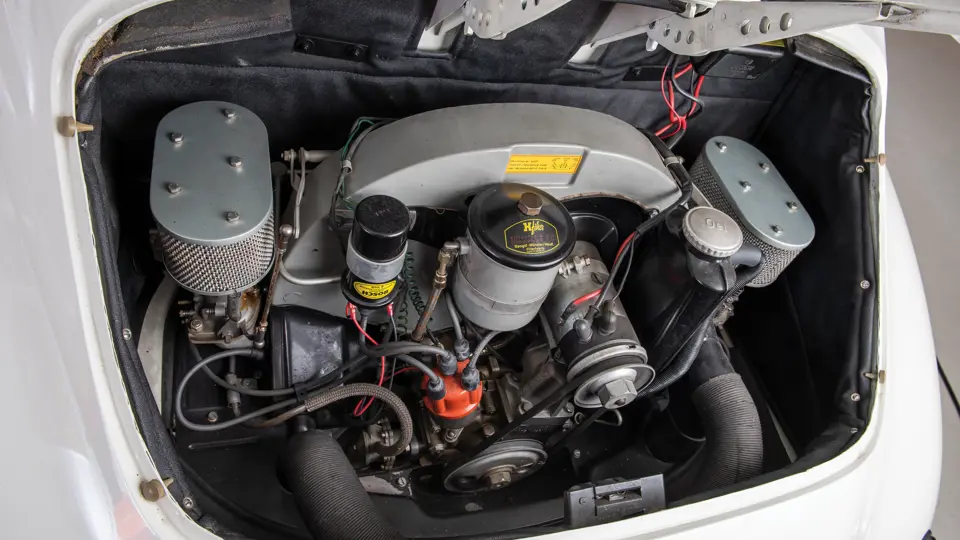


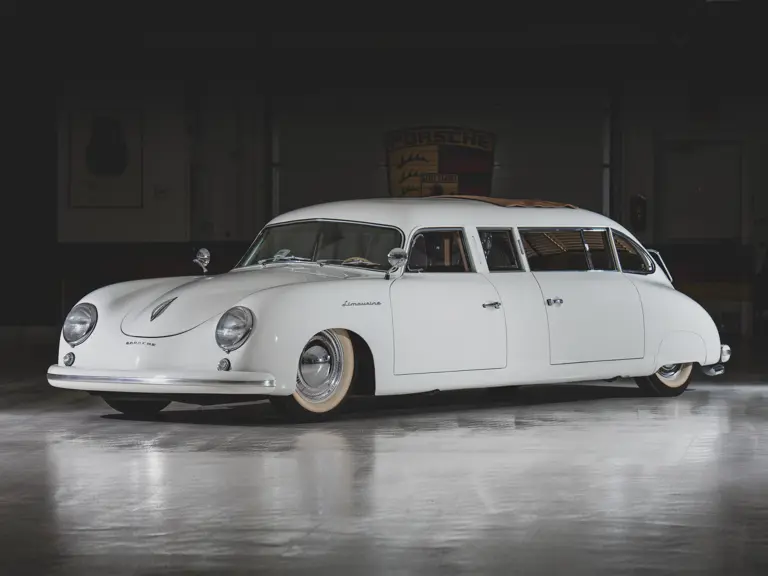
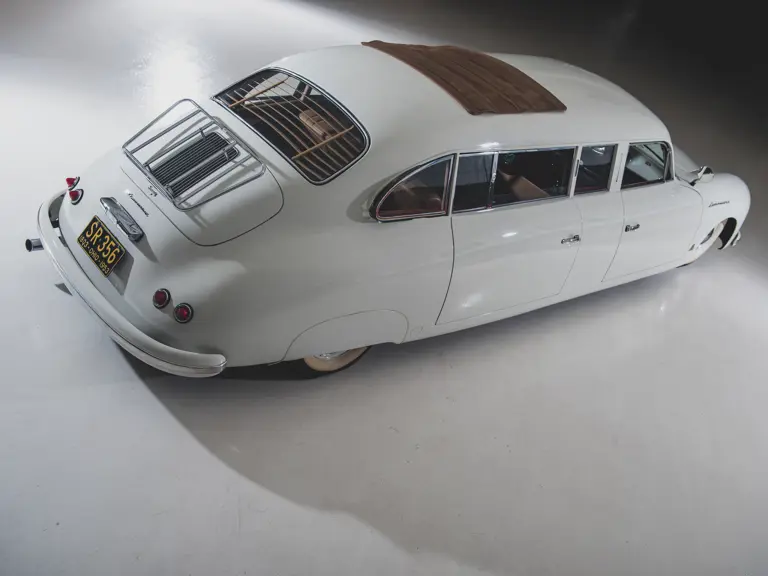
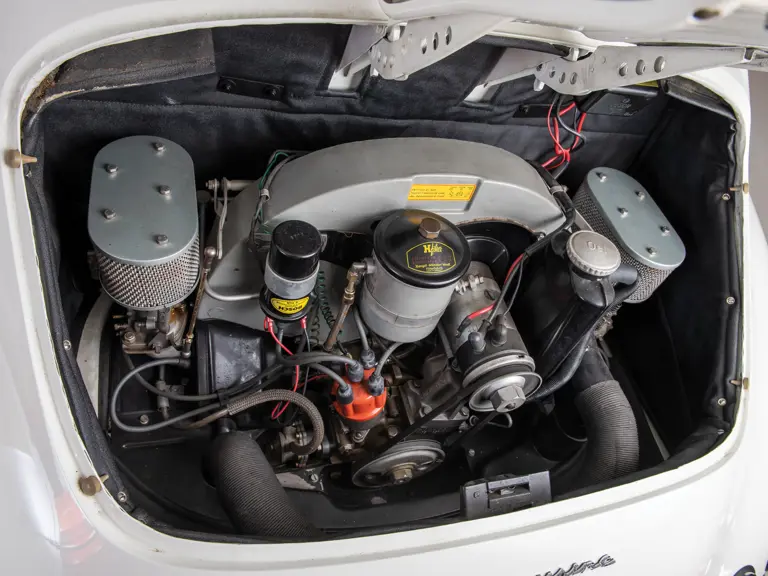


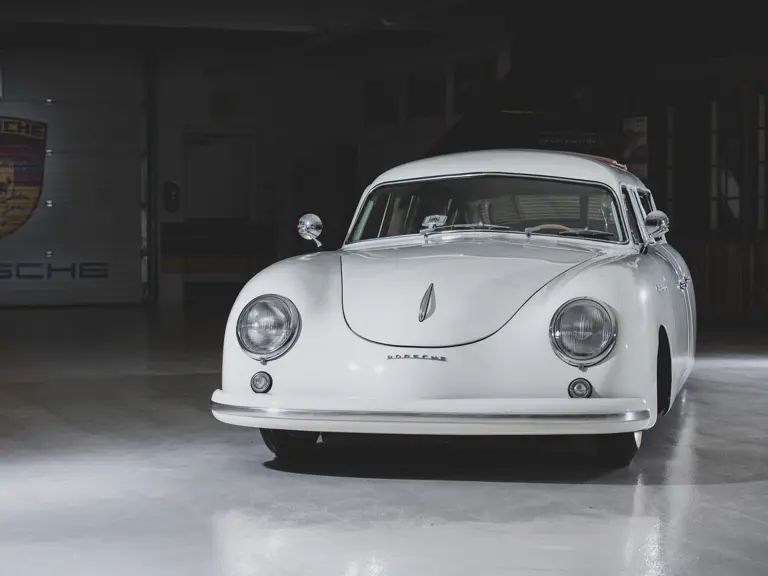
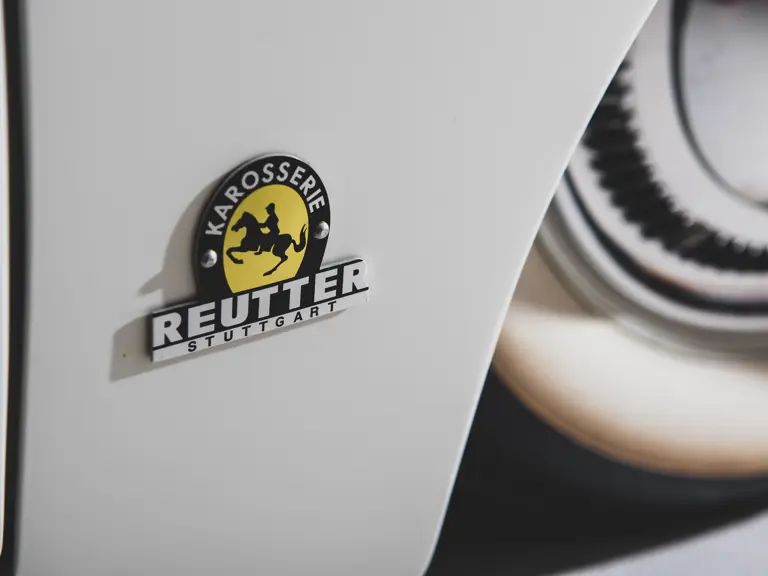


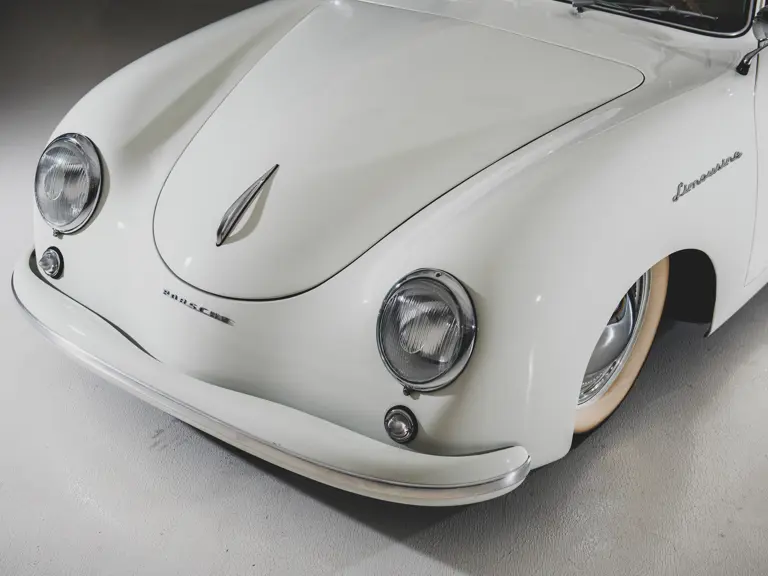
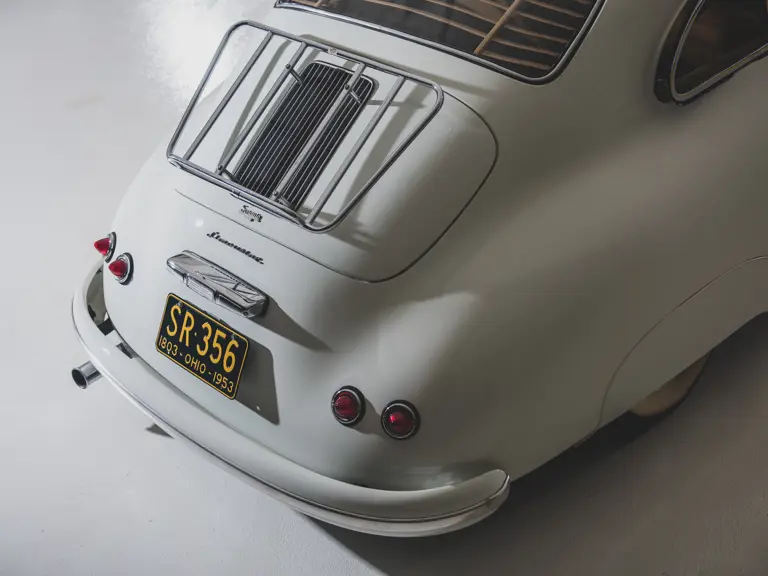
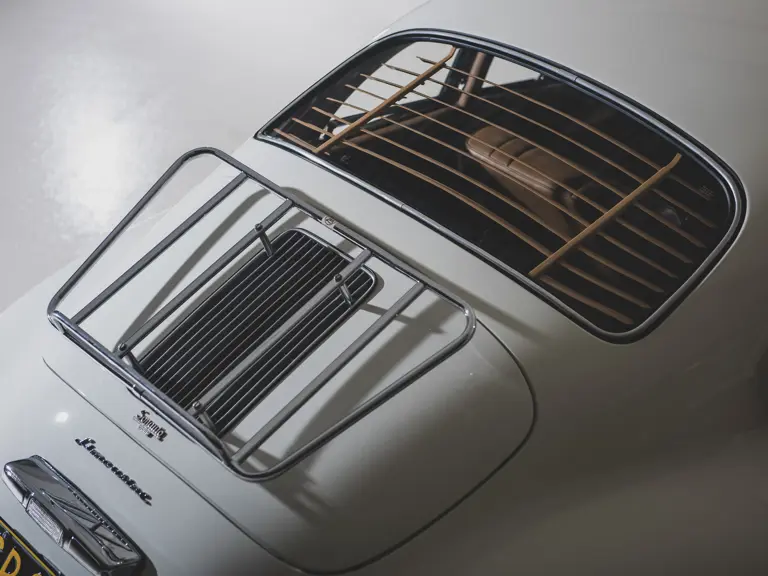
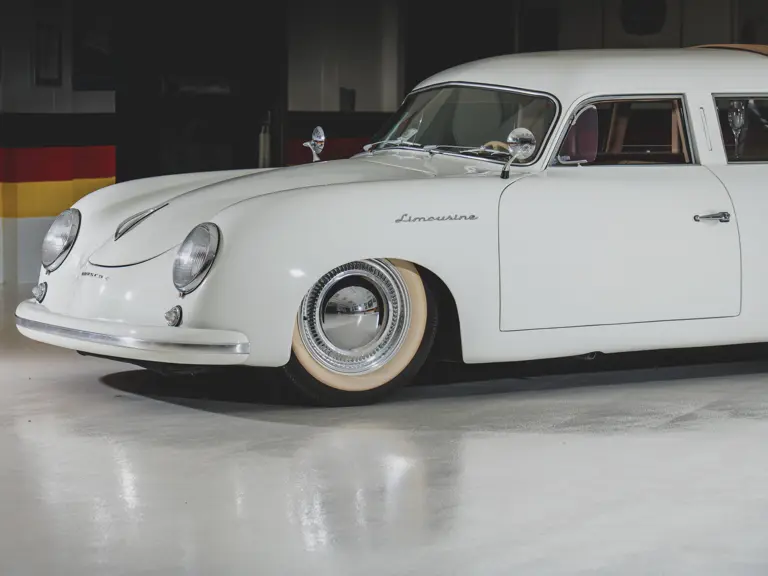
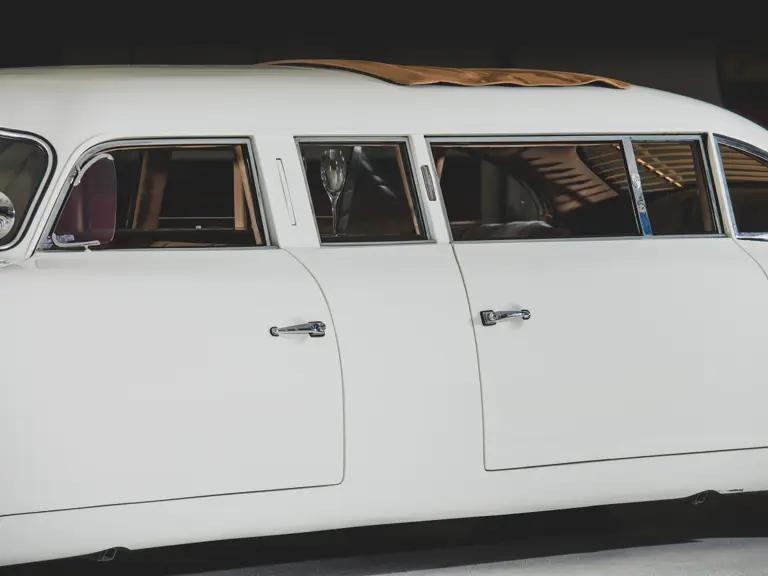
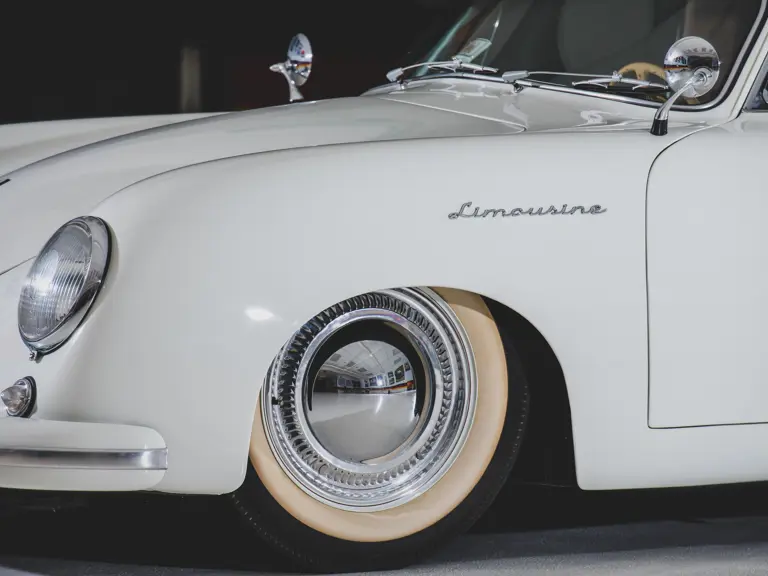
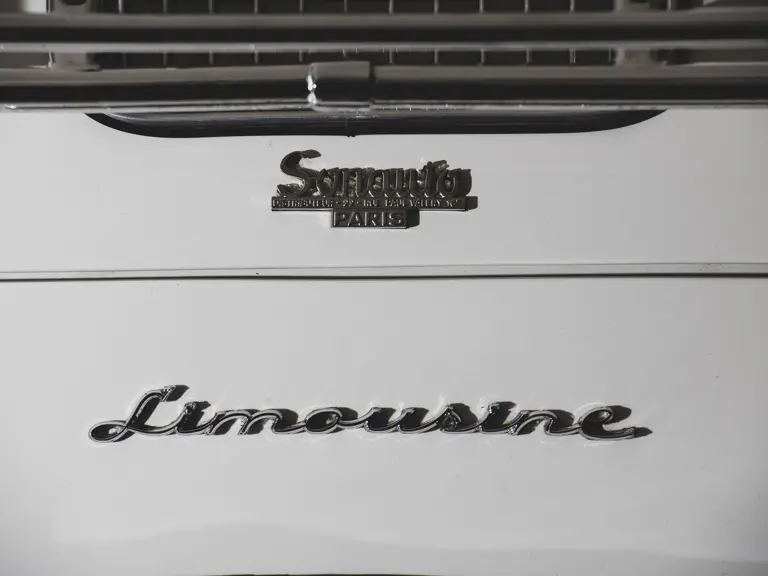
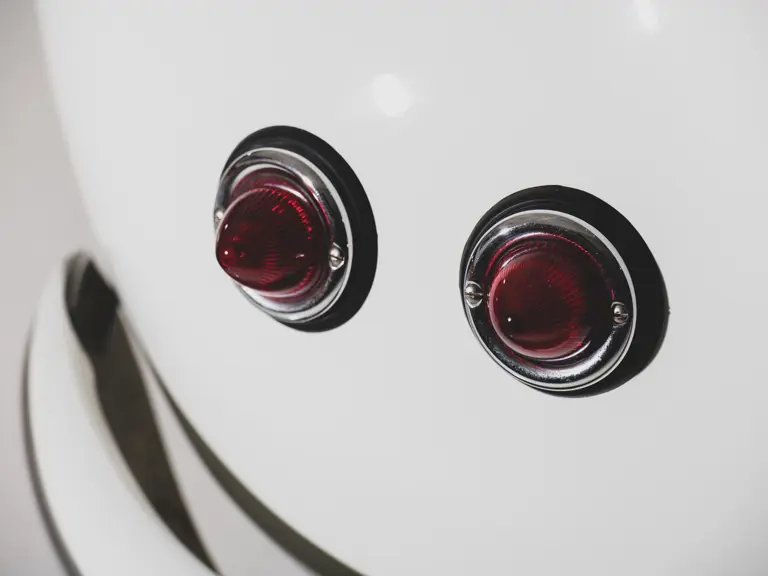
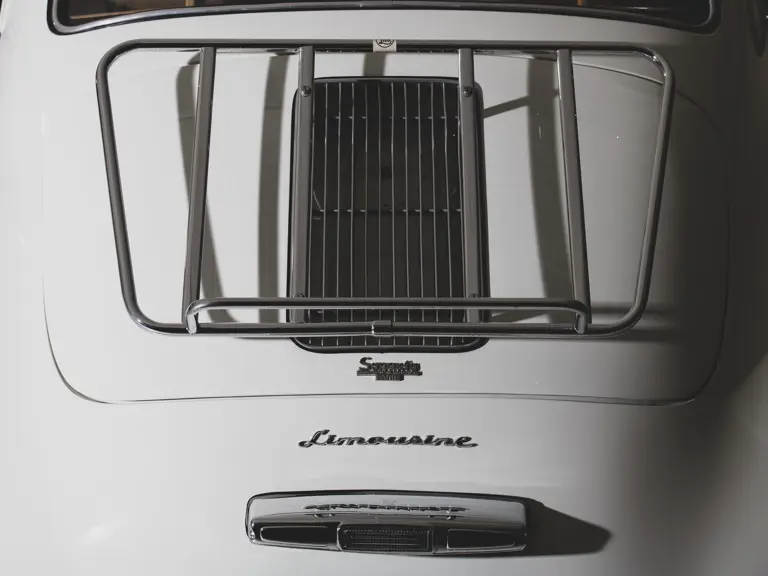
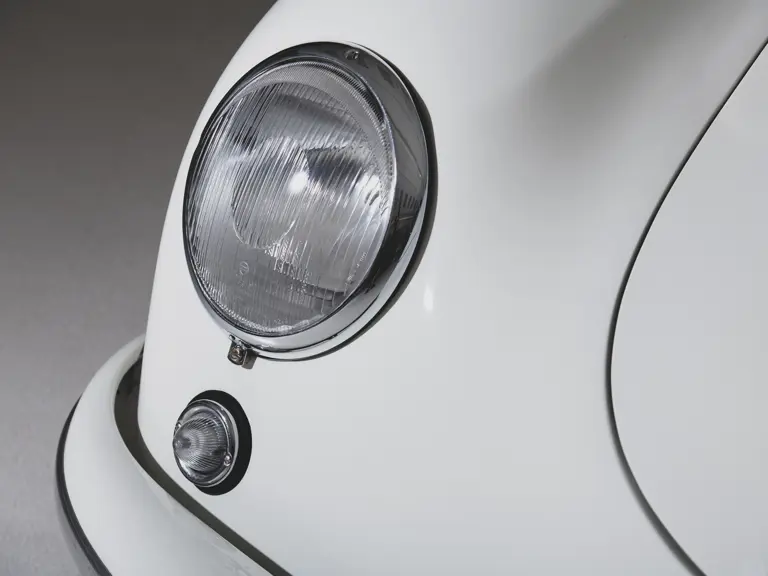
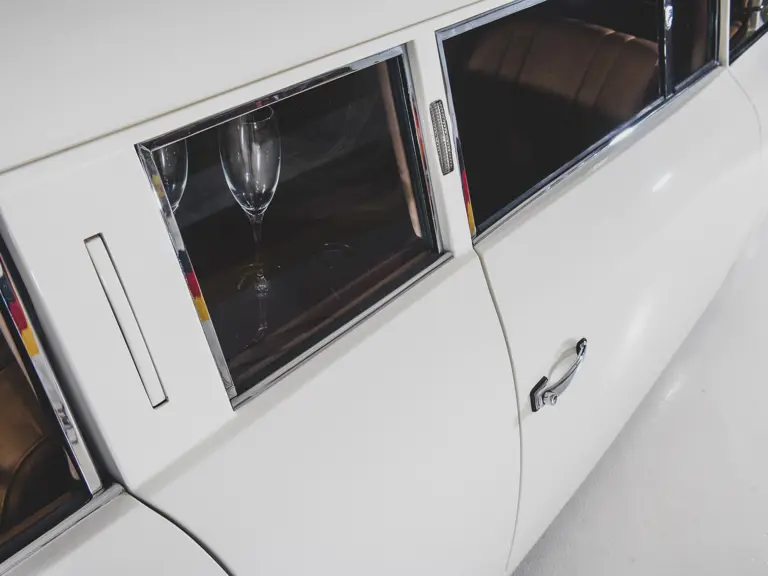
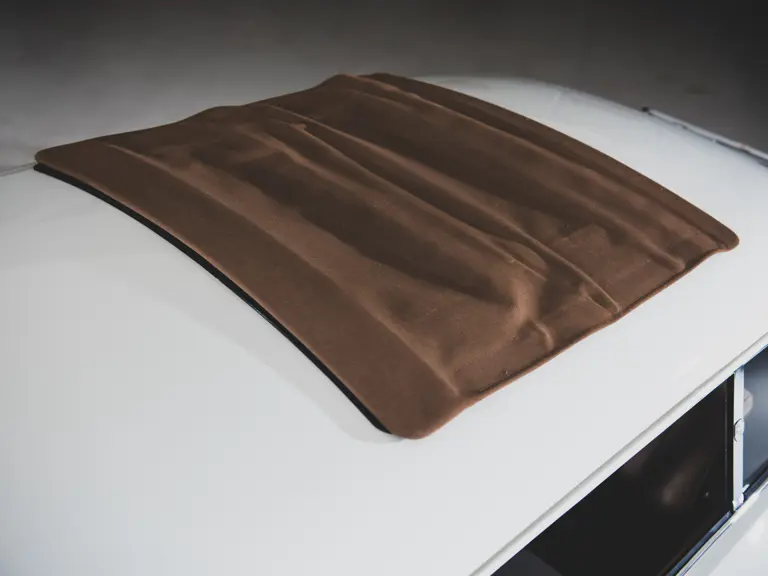
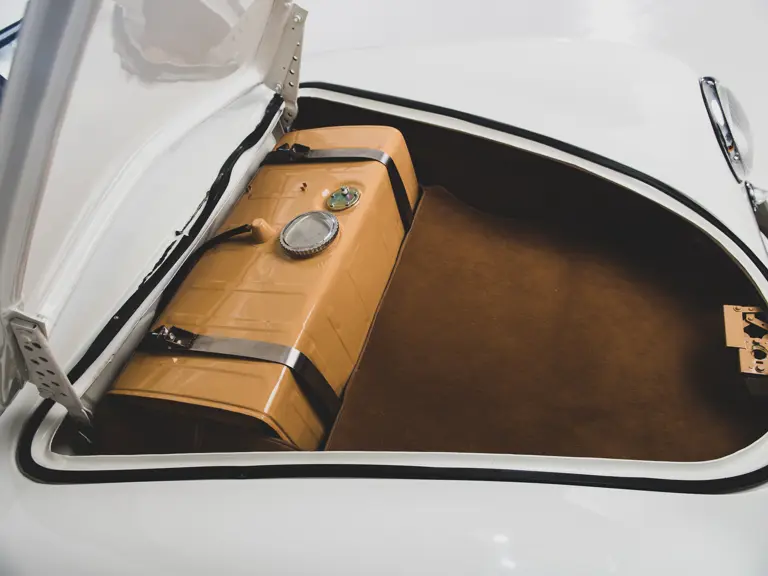
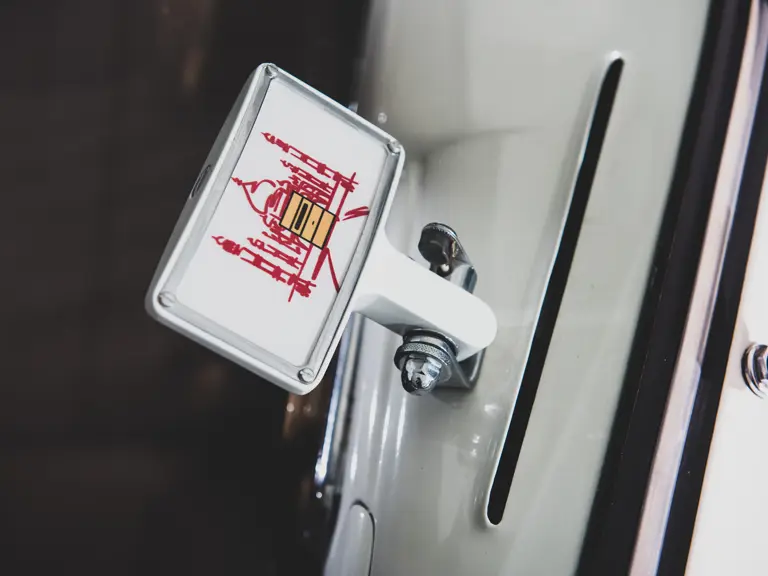
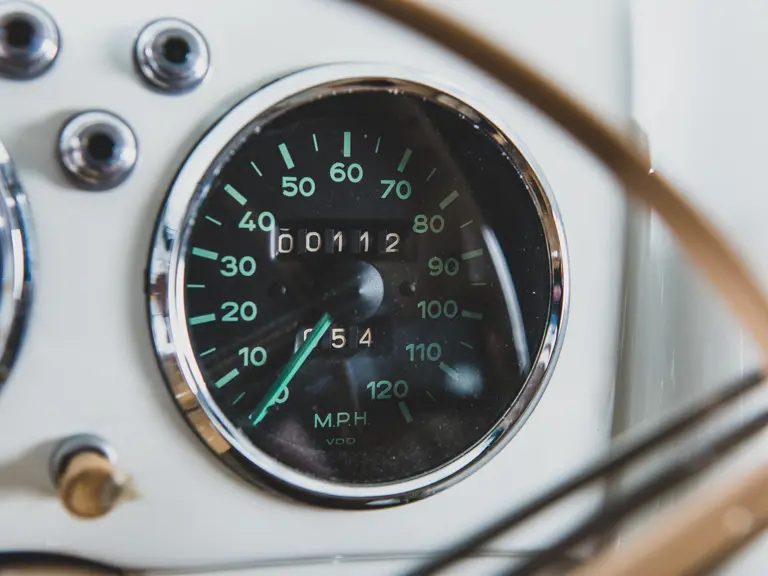
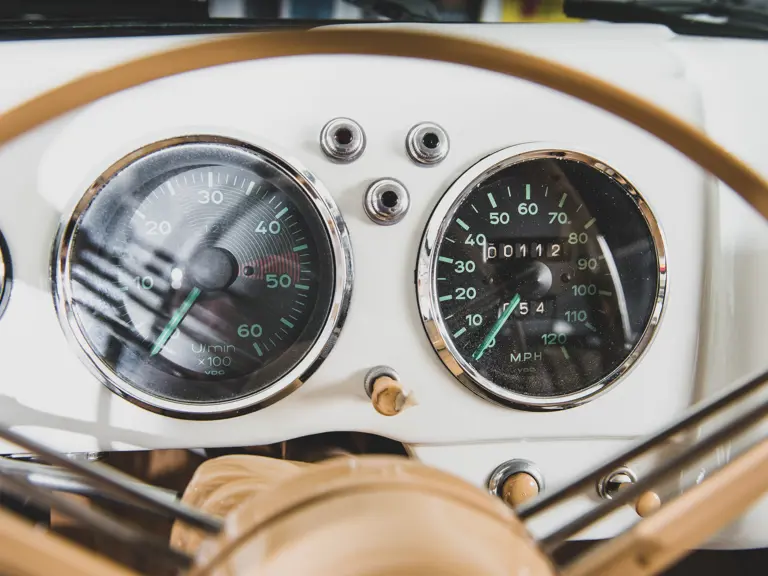
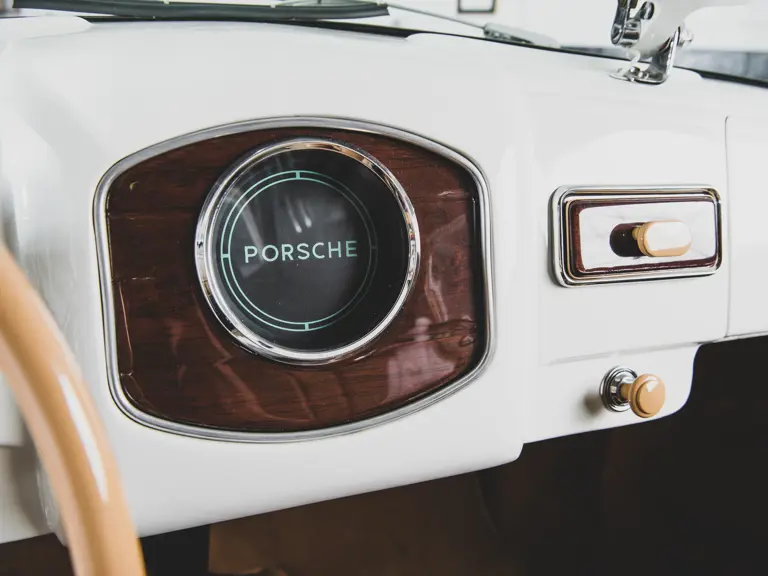

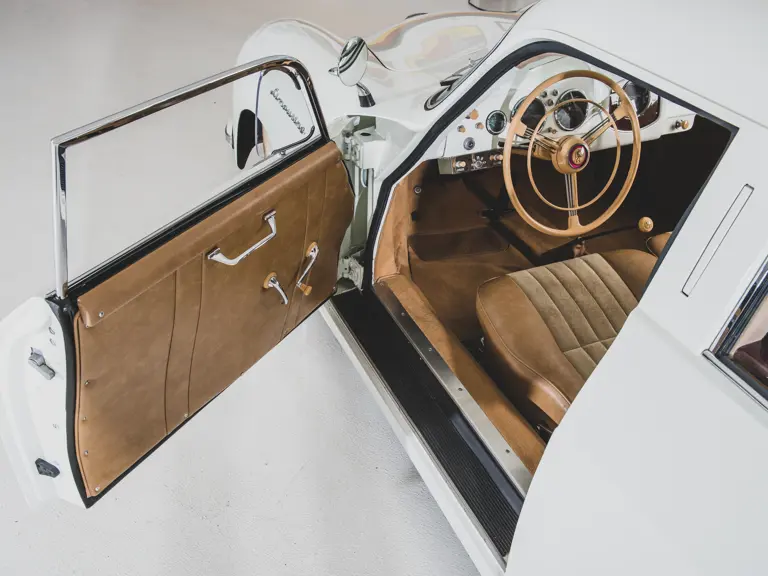
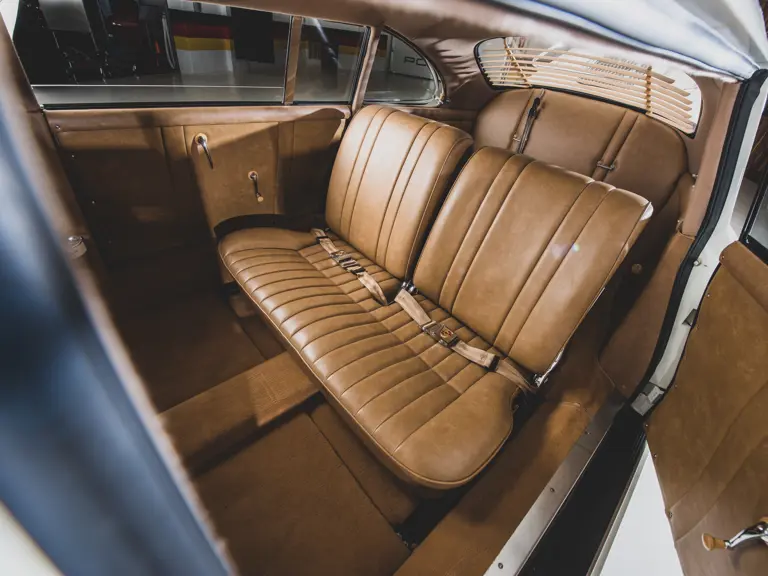
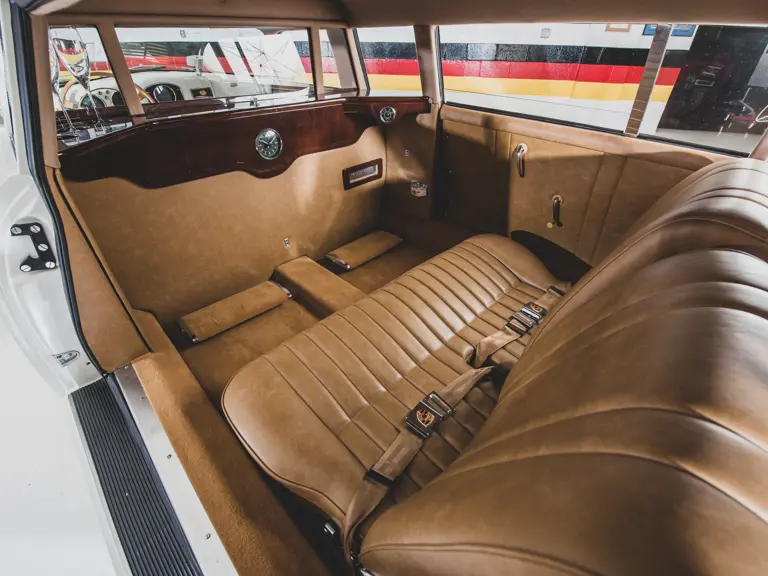
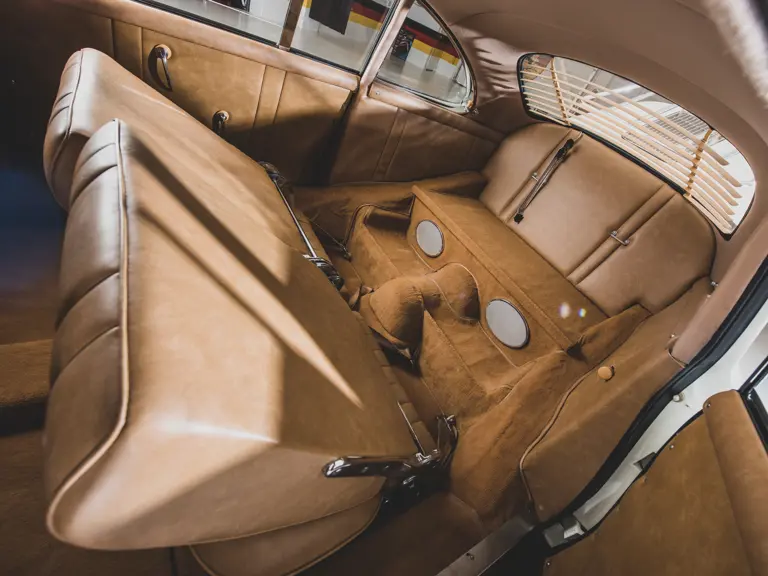

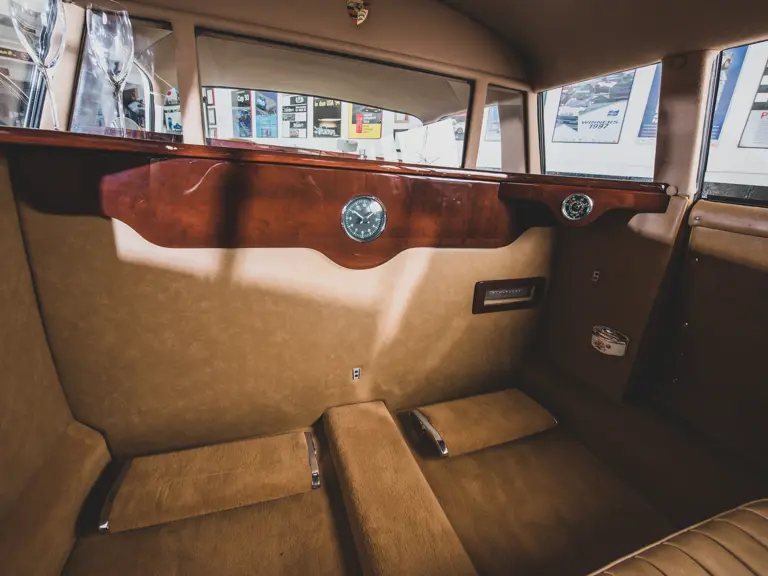
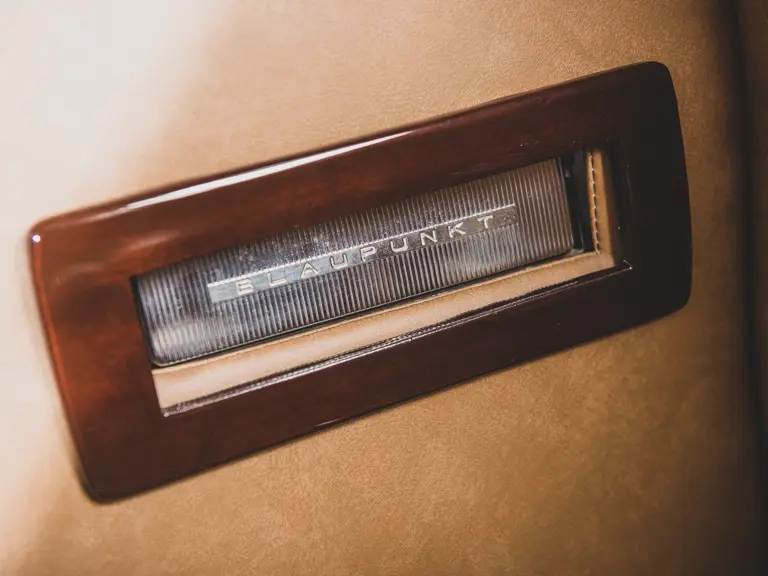
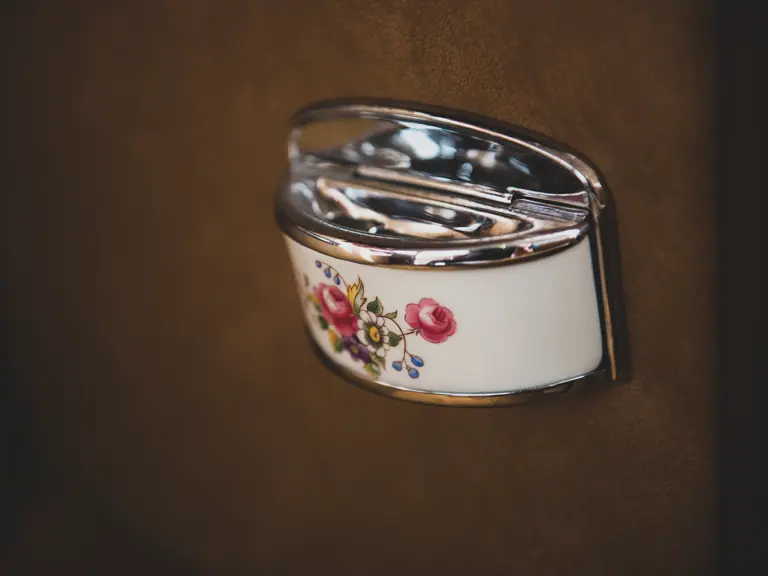


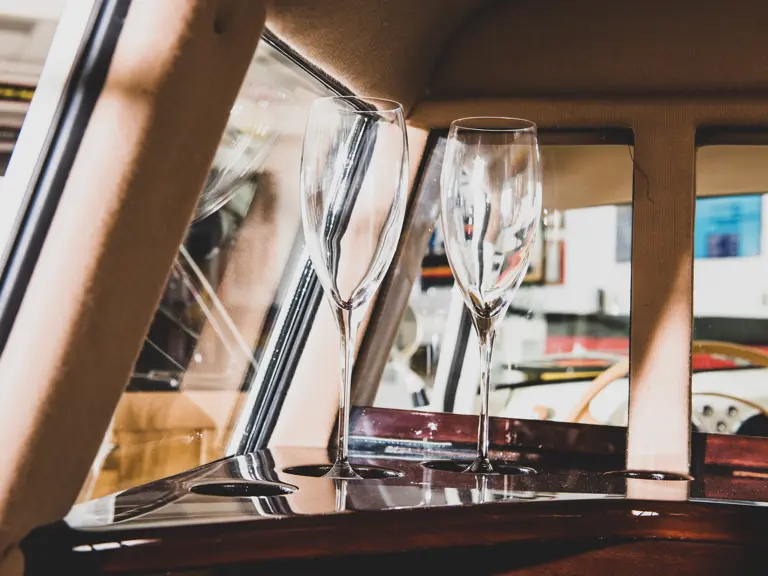
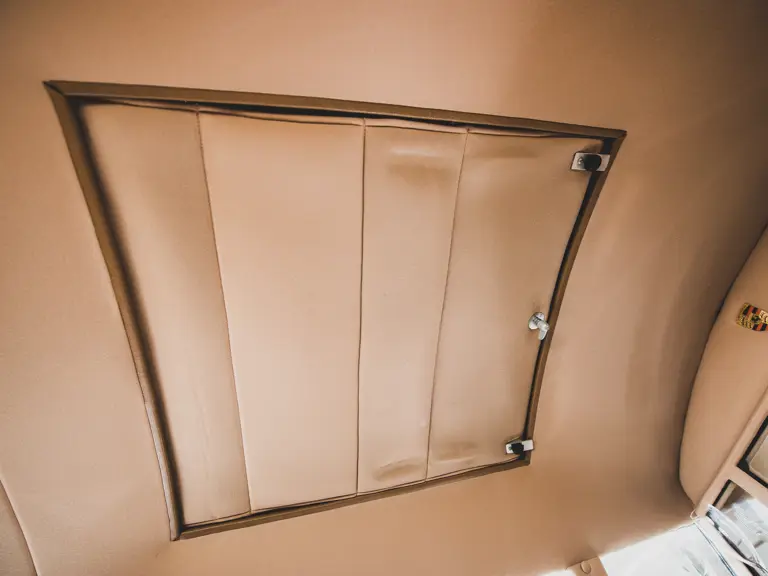
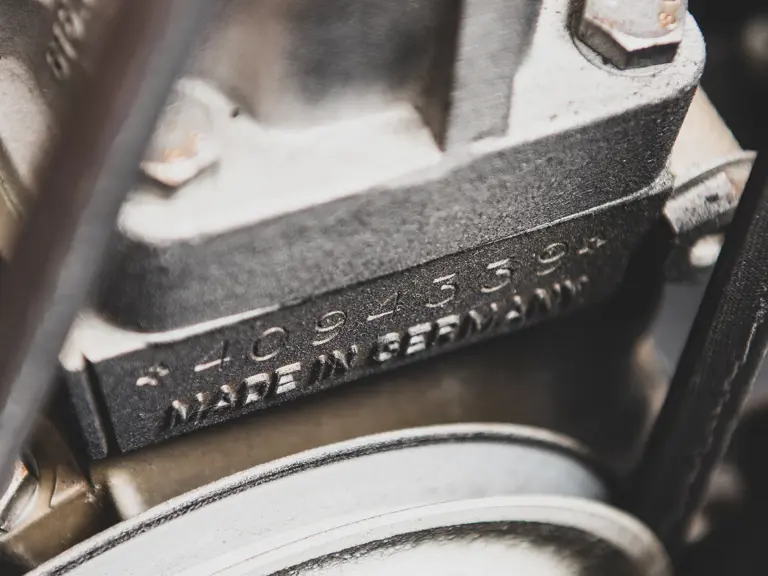
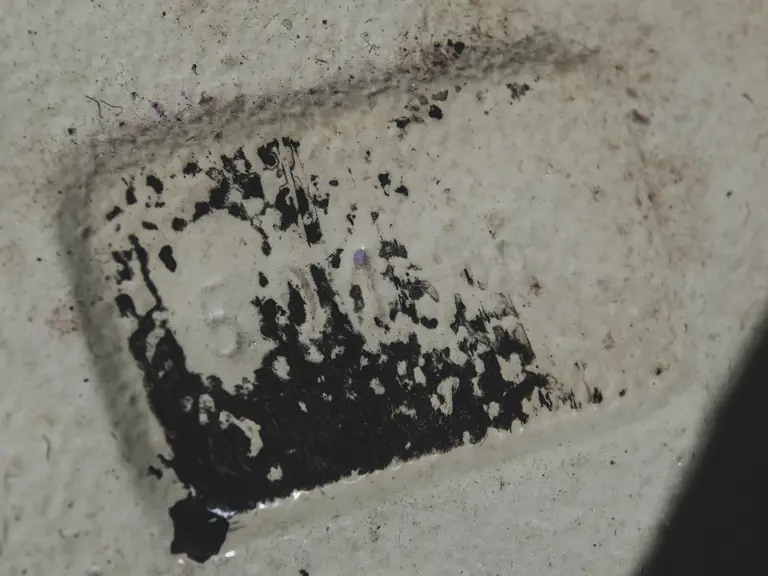
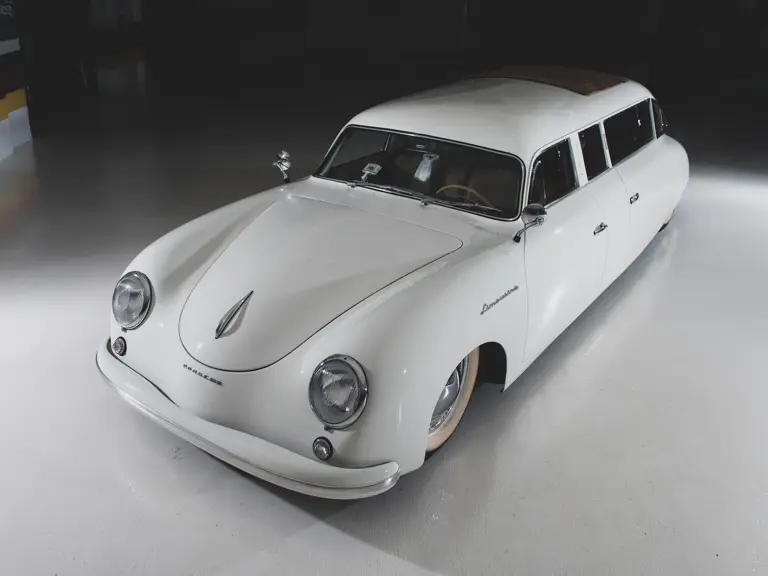
 | Dayton, Ohio
| Dayton, Ohio
